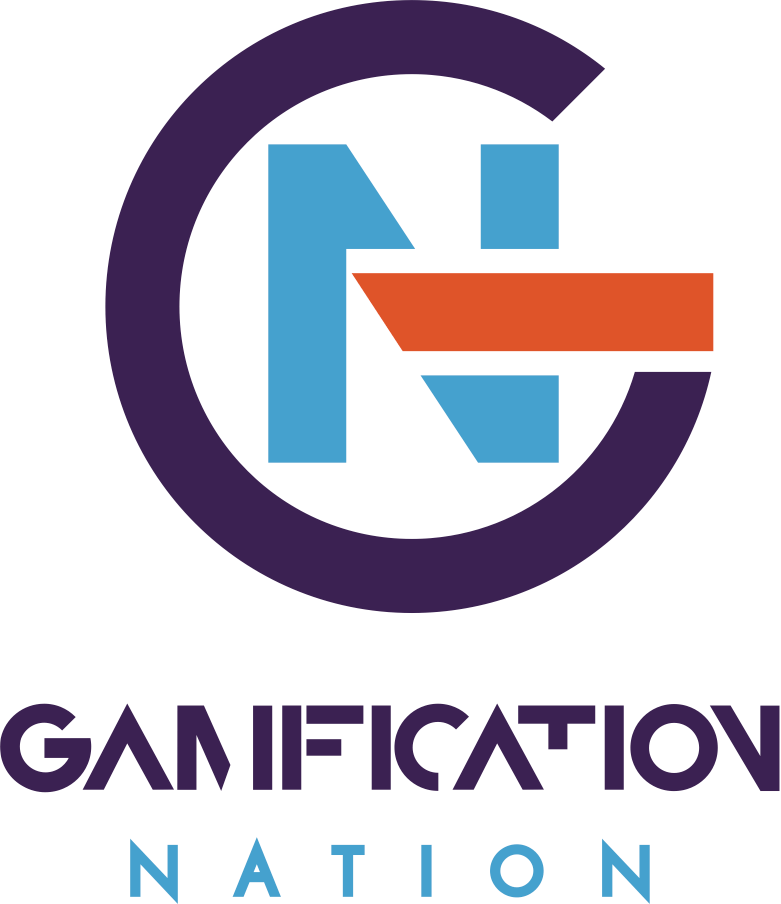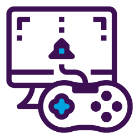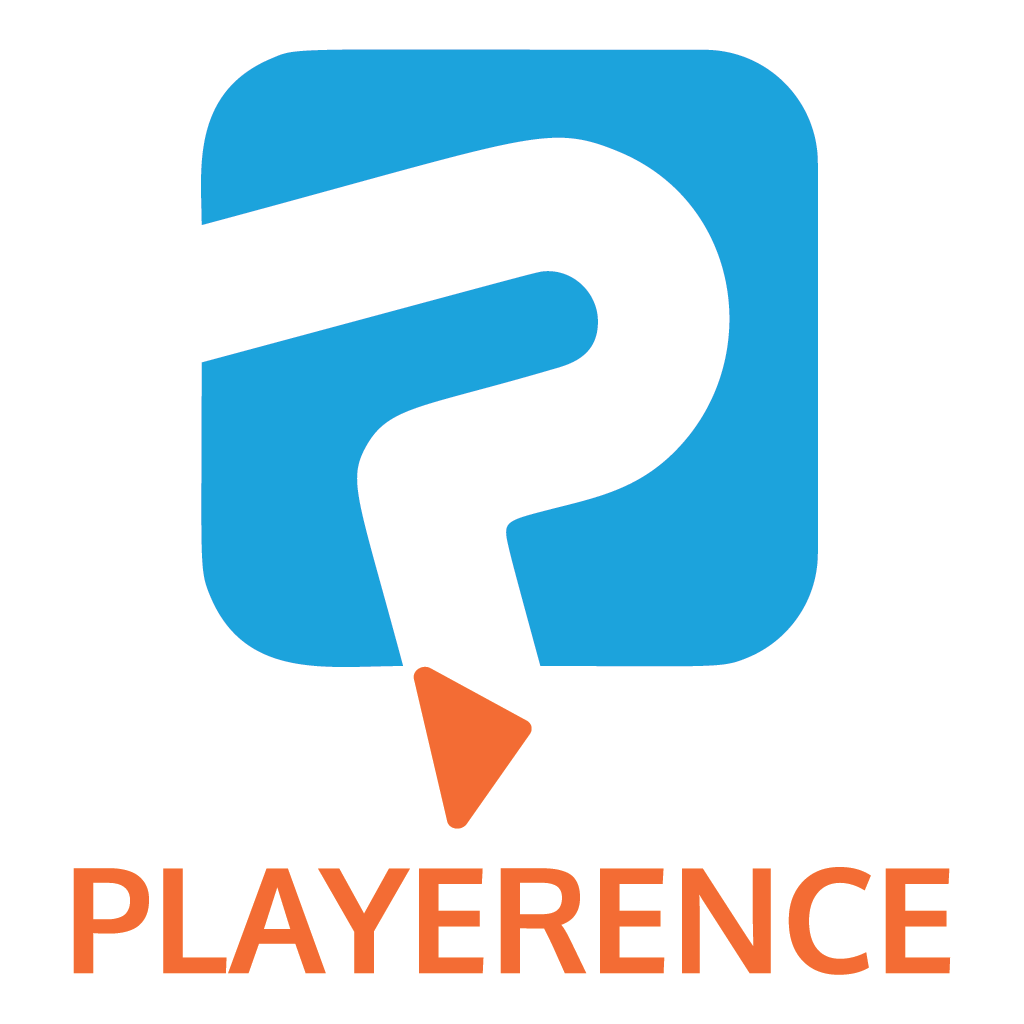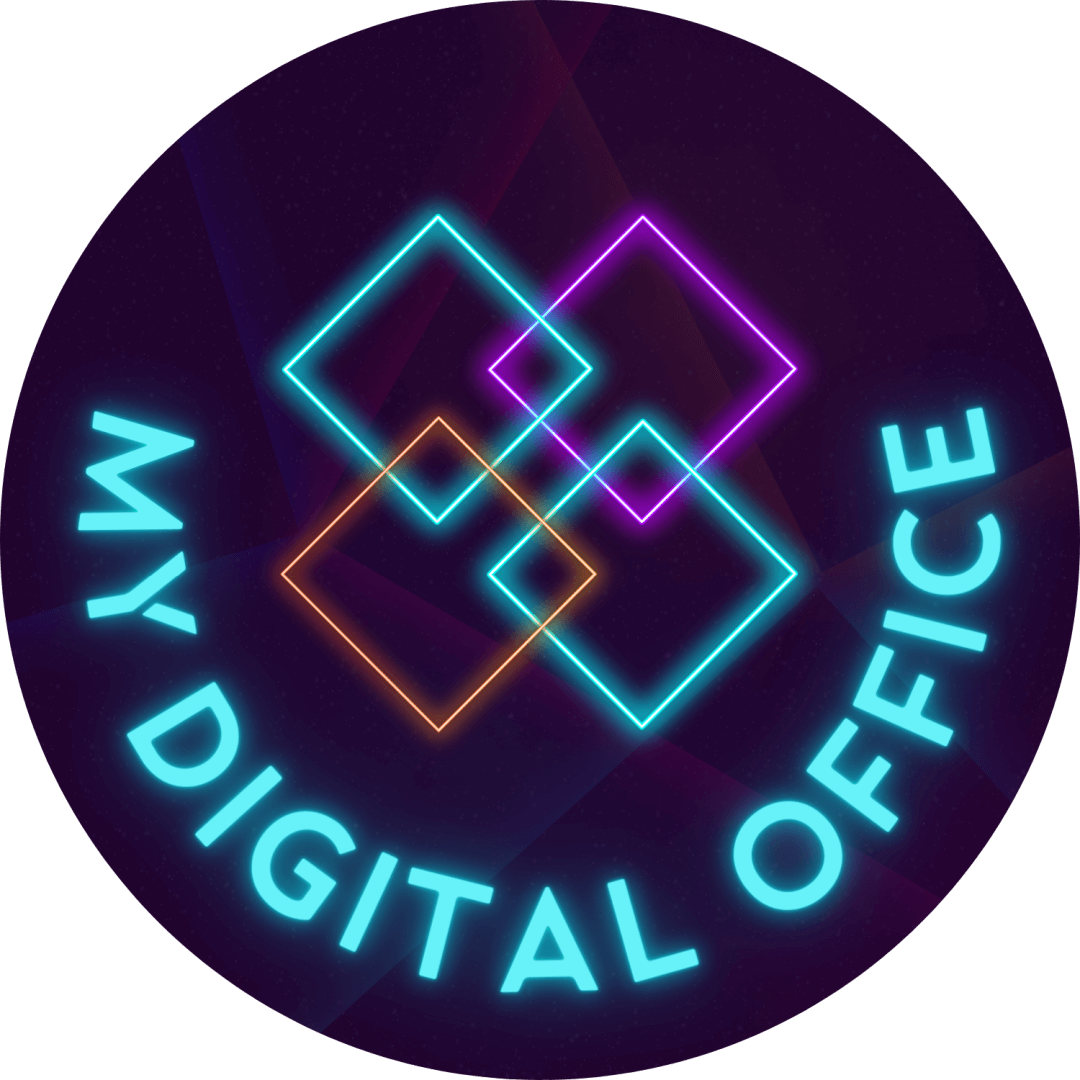With more and more research in neuroscience appearing, one of the premises already existing for some time is that learning is physiological, namely combining the wisdom of both body and mind. In gamification, we have the choice of designing with several tools and I think this lends itself ideally towards stimulating the body and mind connection. Let’s first understand the learning theory and then move forward to gamification
The learning theory
The mechanisms of learning and remembering seem to depend on relatively enduring changes in the nervous system. Apparently, the effects of learning are first retained in the brain by some reversible process, after which a more permanent neural change takes place. Two types of neurological processes have therefore been suggested. The short-term function of memory, temporary and reversible, may be achieved through a physiological mechanism (e.g., synaptic electrical or chemical change) that keeps the memory trace alive over a limited period of time. The ensuing, more permanent (long-term) storage may depend on changes in the physical or chemical structure of neurons; synaptic changes seem to be particularly important. New studies using positron emission tomography (PET) and magnetic resonance imaging (MRI) scans may illuminate the physiological basis of learning.
The research on neural plasticity, as well as other research (Diamond, M.C. & Hobson, J., 1998; Capra, F.,1996; Damasio, A. R., 1994; Thelen, E. & Smith, L. ,1994 ), tells us that the body and mind are totally interconnected. Cognitive scientists often refer to this in terms of embodied cognition (See e.g. Lakoff and Johnson,1999).
Scientists used to think that the brain was hardwired at a very early age and set for the rest of life. Newer research found that this assumption is only partially true today. Pruning, hardwiring of the brain, does take place at an early age, but research has confirmed that nerves continue to grow throughout one’s life. This also allows for growing new neural connections and the principle of plasticity in connection with the development of body/kinesthetic intelligence.
If you remember the first time you tried to ski or snowboard as an adult or any physical skill or that matter, the first moments felt awkward and unnatural. But with practice, your body and mind started to work together and you managed to ski down a slope. Let’s then take this into more cognitive learning and when we add motion to it again new neural connections allow for access to our long-term memory.
Roll in gamification
If we look at the opportunities in gamification of combining technology used in games such as a consoles, WII, Kinect, augmented and virtual reality tools, we have the opportunity to create physiological experiences. Making learning into a multi-modal experience rather than relying on one format of learning.
A lot of pilots use flight simulators as part of training, staff sent out to oil rigs and other high-risk areas often learn emergency procedures in a simulated environment. Reflection, feedback and debriefs are part and parcel of the learning process. It is interesting that we have made the link for roles that require the combination between our body and mind, yet for tasks for example like accounting or customer service we rarely engage in this.
I had the privilege of reviewing a retail system, not so long ago where you basically were a shop assistant and clients were coming into your store. The level of attention you paid and their level of satisfaction to find what they were looking for was given as instant feedback. As the store grew busier, it was harder to maintain happy levels for all customers, but the monetary sales tended to go up all the same. Knowing when to assist was a key learning objective in the game and over time you could recognise patterns of behaviour, which should prompt a question to help find things.
Being creative in how we use technology for enhanced learning is paramount I think for both the learner and for the lasting success of using gamification and game technology in learning.





